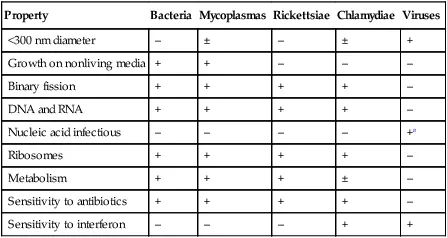
Veterinary Virology
Frank J. Fenner, Peter A. Bachmann, E. Paul J. Gibbs
- 672 Seiten
- English
- ePUB (handyfreundlich)
- Über iOS und Android verfügbar
Veterinary Virology
Frank J. Fenner, Peter A. Bachmann, E. Paul J. Gibbs
Über dieses Buch
Veterinary Virology deals with basic biomedical virology and the clinical discipline of infectious diseases. The book discusses the principles of virology as effecting future developments in the search for preventive and management of infectious diseases in animals, whether singly or as a whole herd or flock. Part I explains the principles of animal virology including the structure, composition, classification, nomenclature, cultivation, and assay of viruses. This part also discusses viral genetics, replication, and evolution (including mutation and genetic engineering). The book also reviews the pathogenesis of viruses, host resistance and susceptibility, as well as the mechanisms of persistent infections and tumor induction. Part II deals with viruses found in domestic animals; this part also explains in detail the properties, replication methods, pathogenesis, immunity, diagnosis, and control of some common viruses. The book discusses some other families of viruses of which no members are yet known as to have caused serious or important diseases in animals. Veterinarians, immunologists, virologists, molecular researchers, students, and academicians in the discipline of virology and cellular biology, as well as livestock owners will find this book helpful.
Häufig gestellte Fragen
Information
Structure and Composition of Viruses
Publisher Summary
| Property | Bacteria | Mycoplasmas | Rickettsiae | Chlamydiae | Viruses |
| <300 nm diameter | – | ± | – | ± | + |
| Growth on nonliving media | + | + | – | – | – |
| Binary fission | + | + | + | + | – |
| DNA and RNA | + | + | + | + | – |
| Nucleic acid infectious | – | – | – | – | +a |
| Ribosomes | + | + | + | + | – |
| Metabolism | + | + | + | ± | – |
| Sensitivity to antibiotics | + | + | + | + | – |
| Sensitivity to interferon | – | – | – | + | + |
